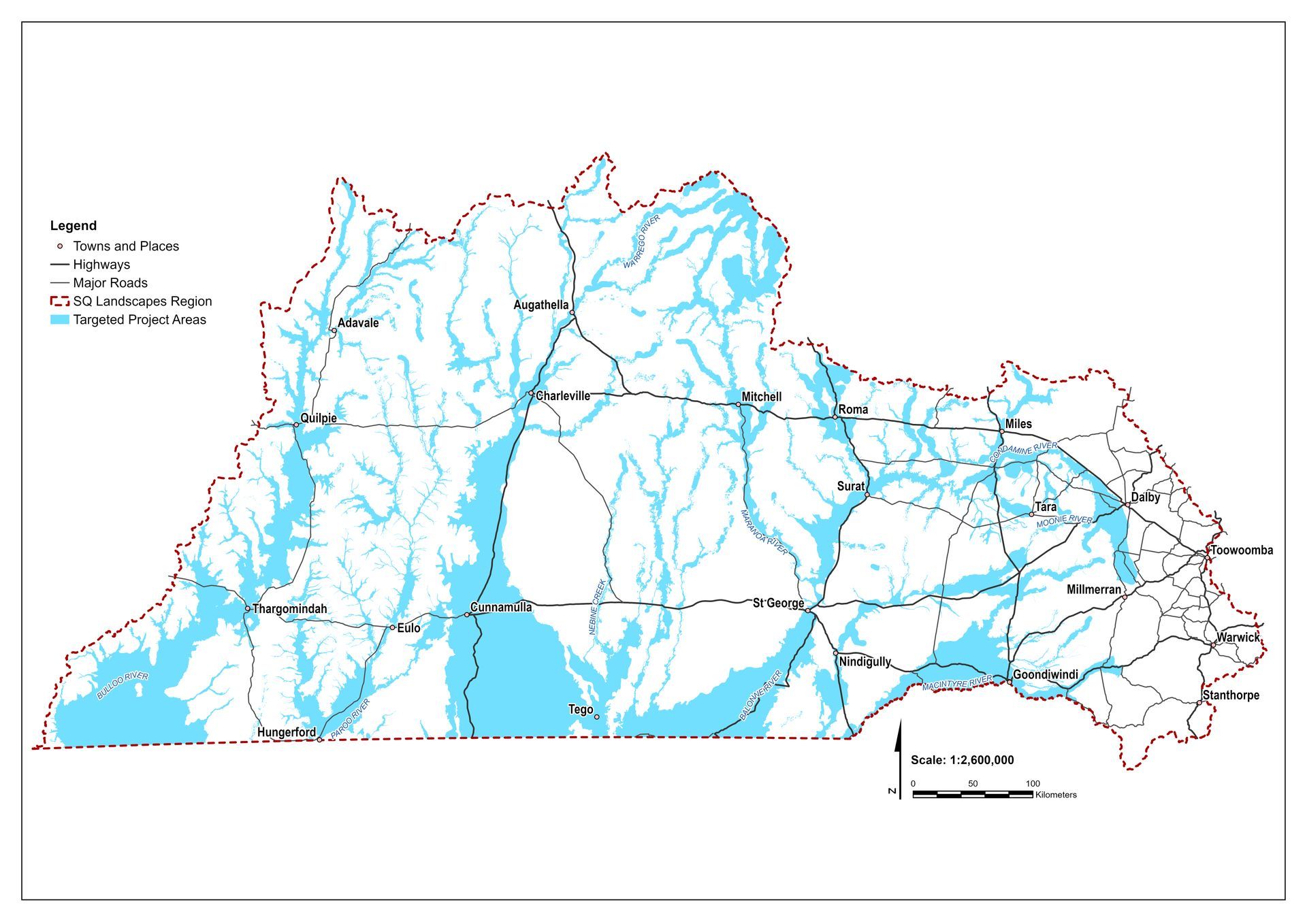Protecting Southern Qld Waterways Through Grazing Management
Funding Partnerships Available to Install Appropriate Fencing and Stock Watering Points
This $6.6 million project aims to improve 124,500 hectares of land and vegetation adjacent to waterways by installing fences and watering points to manage stock, improving the condition of native vegetation along waterways of southern Queensland. Funding will be provided towards the installation of appropriate fencing and watering points, enabling the improved management of the timing and duration of stock grazing.
The benefits of being involved in this project include:
• Improve overall pasture quality and land condition
• Reduce the duration of reliance on waterways as a pasture source
• Improve farm productivity and stock management
• Improve water quality and biosecurity controls by restricting free movement of stock in and out of waterways
• Improve biodiversity in riparian zone and greater recreational value

By fencing waterways, landholders are able to better manage stock access to match seasonal conditions. With free access to waterways, stock can overgraze the area due to a higher prevalence of preferred pasture plants. This overgrazing often prevents these valuable native fodder species from maturing enough to set seed, creating a cycle of loss of preferred pasture composition. When stock can be introduced for controlled periods of grazing, these susceptible native species can be given the opportunity to mature, set seed and expand their range, with some then able to outcompete weeds.
Vegetation adjacent to waterways remains a key natural asset, as it serves as a corridor for the movement and growth of new generations of plants and animals as well as a refuge habitat for many species in the regular dry times we experience. Maintaining healthy levels of ground cover and canopy layers is needed to maintain the value and function of waterways. Overgrazing of waterways is highly likely without active management due to the higher growth of palatable pasture and stock access to waterholes for drinking.
In summary, this project will improve pasture and protect native vegetation in and adjacent to waterways through fencing and alternate watering points that increase control over grazing timing, duration and frequency.
This benefits pasture and native vegetation by:
• Support for native pasture to mature and set seed each season rather than being grazed out
• Reduced pathways of introduction of weeds and potential for natives to outcompete weeds
• Returning nutrients to more natural levels which benefits natives over weeds and promotes pasture growth
Get Involved!
If you would like to know more and are interested in partnership funding, please complete the Expression of Interest form below and our team will contact you. The map below shows the project priority areas, please do not self-assess, contact the Southern Qld Landscapes team to find out more.
This project is being delivered within priority areas of Southern Queensland throughout 2025-2028. It is a $6.6 million dollar investment from the Queensland Government through the
Natural Resource Management Expansion Program.

Landholders are encouraged to register their interest via the form below.
Video's Related To This Project
Protecting waterways and Blackfish in the Condamine River Headwaters.
This project is funded by the Queensland Government under the Natural Resource Management Expansion Program and delivered by Southern Queensland Landscapes.

